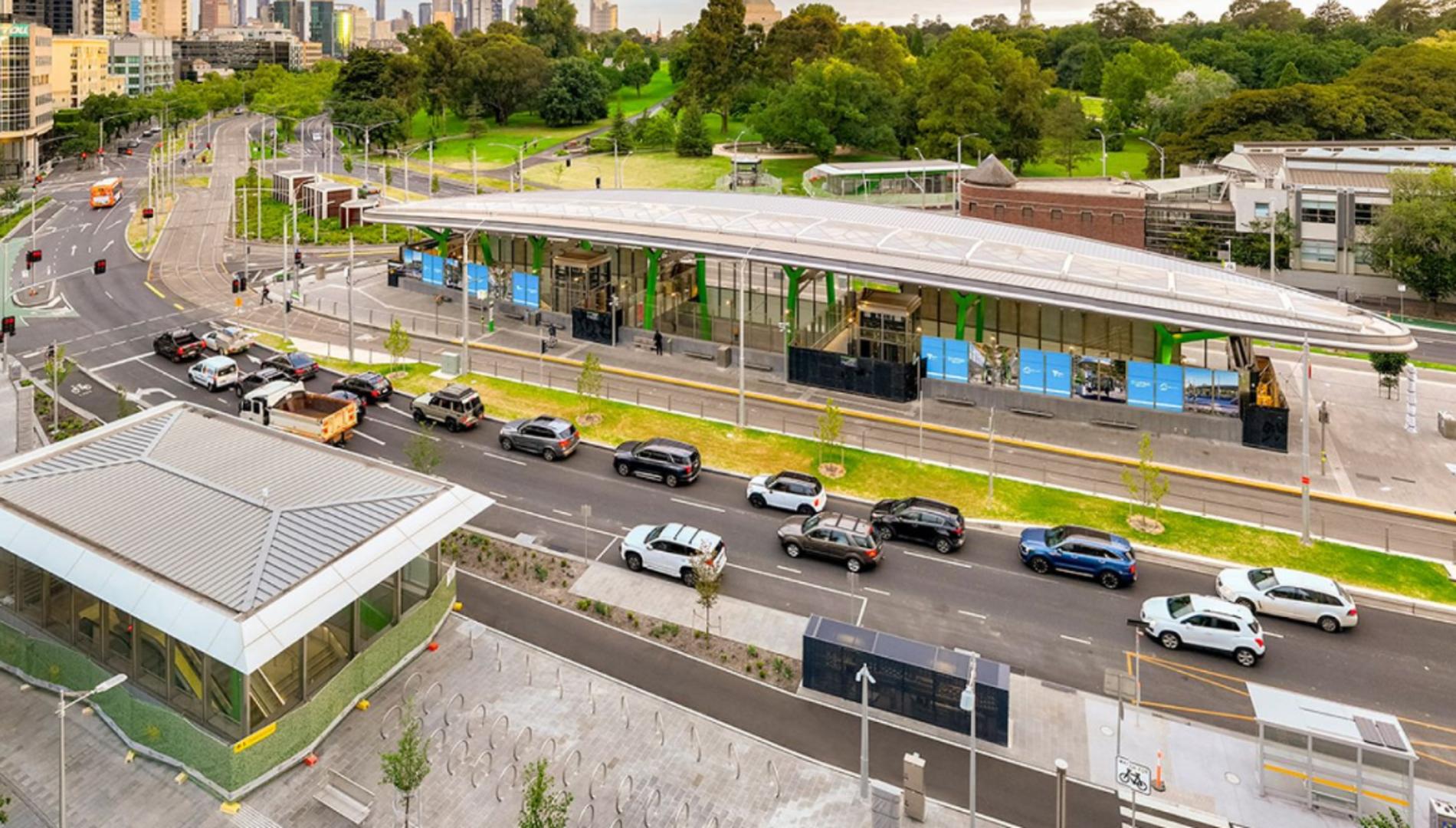Melbourne and Singapore: A tale of two cities
Melbourne was, until this year, ranked as the world’s most liveable city by the Economist Intelligence Unit. This year, it lost the honour to Vienna. As a Monash alumnus, and a resident of Melbourne for four years in the early ’70s, it’s the city next to my own, Singapore, that I have some attachment to. Melbourne was also one of the cities that received special mention in the Lee Kuan Yew World City Prize in 2010 (the award is jointly administered by the Centre for Liveable Cities).
Singapore also slipped in the rankings, from 35th to 37th. So we have much to learn from Melbourne in terms of liveability.
We are both cities of about the same age, both founded in the early 1800s. We have about the same population, around 5 million, with Singapore’s closer to 5.7 million. But while Singapore is an island city state of just 720 square km, Melbourne is more widely spaced out with a metropolitan area that is nearly 10,000 square km, or 14 times bigger than Singapore. As Melbourne’s density is far less than Singapore’s, its urban structure is therefore quite different.
What does that mean in practical terms? I first arrived in Melbourne in the autumn of 1971, on my first ever plane ride, across the equator.
I was then a poor student coming from a Third World city with a population then of just about 2 million, yet overcrowded with slums, poor sanitation, polluted rivers and traffic congestion. I lived in a home that was not sewered, and served by a system of bucket disposal.
So Melbourne was, to me, heaven. Monash was a town in itself, with the towering Ming Wing surrounded by leafy suburban homes and big wide roads, with hardly any traffic most of the time.
But while the quietness of Monash was a pleasant contrast to the hustle and bustle of home, enjoying shopping and other community facilities would necessitate a bus ride to the Chadstone mall.
Going to the city was an even greater adventure, as I had to take the suburban train that ran less frequently during the weekends. Most of the shops in the CBD closed early, and practically none opened on Sundays.

It’s a different Melbourne now, with a much more vibrant and cosmopolitan city centre, running almost 24/7, with its famous alleys and arcades, trams, Federation Square, and many new high-rise buildings, including apartments and high-density developments in the Melbourne Docklands. It’s a city that continues to grow.
But its urban structure remains, even while its urban planners try hard to increase density to contain urban sprawl. Spreading out is costly in terms of infrastructure and transport. For cities that do not have the luxury of expansive land or cheap energy, like Singapore, it’s neither a feasible nor sustainable model.
So, Singapore has also transformed in more than four decades since I was here as a student. Our population has almost tripled to 5.7 million, on essentially the same island, although we have done some land reclamation from the sea.
"[Singapore's] green cover has increased over the years from about one third to almost 50 per cent."
Our urban planning that laid down the urban structure for independent Singapore was done with the help of the United Nations Development Program (UNDP), which outsourced the work to an Australian firm. I had the honour of meeting the project director, Henry Wardlaw, who passed through Singapore a few years ago. My centre interviewed him and learnt much from him about the first concept plan for Singapore that was completed in 1971. Sadly, he recently passed away.
A young team of urban planners, including Alan Choe (my first boss at the Urban Redevelopment Authority), Liu Thai Ker (currently chair of my centre’s advisory board), the late Ong Teng Cheong (a former president of Singapore) – all Australian university graduates – worked closely with the UNDP’s project team.
Singapore developed quite differently from Melbourne, with much higher density. Today, we have 26 high-density towns connected to the CBD, the port, airport, industrial and other recreational areas by roads, walkways, cycle paths and rail. Our rail network is rapidly expanding to meet the Land Transport Authority’s plan of doubling the network length by 2030. Under the same plan, eight in 10 homes will be within a 10-minute walk of a train station.
We’re also encouraging people to walk, ride or cycle, and discouraging car usage by making it very expensive to own and use a car. Car owners in Singapore need to bid for the right to use a car for 10 years (the Certificate of Entitlement), and pay a congestion charge known as the Electronic Road Pricing when driving on roads in the CBD and heavily trafficked roads.
The garden city
Singapore has also worked hard to be a garden city like Melbourne.
Our green cover has increased over the years from about one third to almost 50 per cent, not only through planting many trees, but embedding the need for greens in planning standards and incentivising property developers to provide rooftop and vertical greenery.
Water is an existential challenge for Singapore, as we do not have the land to collect and store all the water from our abundant rainfall. So we have developed the Four National Taps, which includes large-scale urban rainwater harvesting to 17 reservoirs, recycled water (known as the NEWater), desalinated water, as well as imported water from neighbouring Malaysia.
At the same time, we’re making our water infrastructure look natural and landscaped, which helps make our urban environment attractive and liveable. The programme is called the Active, Beautiful and Clean (ABC) Waters. We see ourselves moving from a garden city to a city in a garden, a city of gardens and water, and ultimately a city in nature, so that we can continue to be liveable even with higher density.

Although our cities might be very different, we continually study and learn from Melbourne and many other cities. Our ABC Waters program, which I started, was inspired by Melbourne’s water-sensitive urban design through an exchange program with Melbourne Water, where I met then-CEO Rob Skinner during my time as the chief executive of Public Utilities Board, Singapore’s national water agency.
Rob, who is now a director of the Monash Water Sensitive Cities team at MSDI, also introduced me to Professor Tony Wong, who is also with the Water Sensitive Cities team and we remain in close touch.
Melbourne city centre’s urban design initiatives have been carried out under the leadership of Rob Adams, who is an inspiration to many city planners. I had the honour of being on a panel with Rob and renowned Danish architect Jan Gehl, from whom we both take guidance.
Jan has been sharing his ideas and advising many cities, including Melbourne and Singapore, on how to plan and design cities that are not car-centric, and how to make better use of urban spaces. Melbourne has done exceedingly well in these two aspects.
Melbourne is Australia’s cultural capital. Singapore has a multi-ethnic culture that’s expressed in its conserved historic districts of Chinatown, Little India and Kampong Glam, lined with unique Singapore shophouses and their “five foot ways” forming the urban fabric. These were built about the same time as the old houses in places such as Lygon Street on the fringe of Melbourne’s CBD.
Historic to the core
Both cities also have their historic civic cores. Singapore’s old colonial-style buildings such as Victoria Theatre, Victoria Concert Hall and the Supreme Court and City Hall (both of which constitute the National Art Gallery), have been preserved as part of the city’s civic district.
While Melbourne has expanded into the Docklands, Singapore grew around the reclaimed land in Marina Bay, with buildings such as the Esplanade Performing Arts Centre, the iconic Marina Bay Sands triple towers, the Marina Bay Financial Centre, and the Gardens By the Bay with its Supertrees.
Cities of all genres, developing or developed, small or big, low or high densities, can and do learn from each other, as they share much in common. One role of my centre is to create platforms for knowledge-sharing – the most important of which is the World Cities Summit held in Singapore every two years. The most recent was held in July, with more than 130 cities represented by mayors and other city leaders from 120 countries, including Australia.
Mr Khoo Teng Chye is the Executive Director of the Centre for Liveable Cities, Ministry of National Development, Singapore. See www.clc.gov.sg





